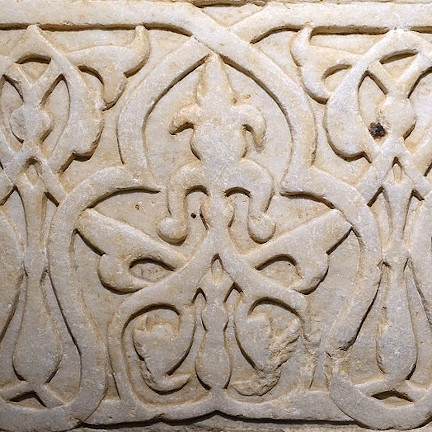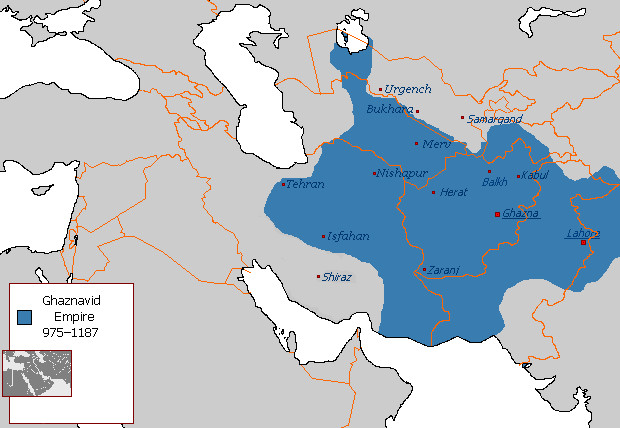Ghaznavid Empire (Nation) AKA غزنویان

Ghaznavid Empire
1037 AD - 1040 AD
AKA غزنویان
The Ghaznavid dynasty (Persian: غزنویان Ġaznaviyān) was a Persianate Muslim dynasty of Turkic mamluk origin, ruling, at its greatest extent, large parts of Iran, Afghanistan, much of Transoxiana and the northwest Indian subcontinent from 977 to 1186.
The dynasty was founded by Sabuktigin upon his succession to the rule of Ghazna after the death of his father-in-law, Alp Tigin, who was an ex-general of the Samanid Empire from Balkh, north of the Hindu Kush in Greater Khorasan.
Although the dynasty was of Central Asian Turkic origin, it was thoroughly Persianised in terms of language, culture, literature and habits and hence is regarded as a "Persian dynasty".
Sabuktigin's son, Mahmud of Ghazni, declared independence from the Samanid Empire and expanded the Ghaznavid Empire to the Amu Darya, the Indus River and the Indian Ocean in the east and to Rey and Hamadan in the west. Under the reign of Mas'ud I, the Ghaznavid dynasty began losing control over its western territories to the Seljuq dynasty after the Battle of Dandanaqan, resulting in a restriction of its holdings to modern-day Afghanistan, Pakistan (Punjab and Balochistan).
In 1151, Sultan Bahram Shah lost Ghazni to the Ghurid king Ala al-Din Husayn.









